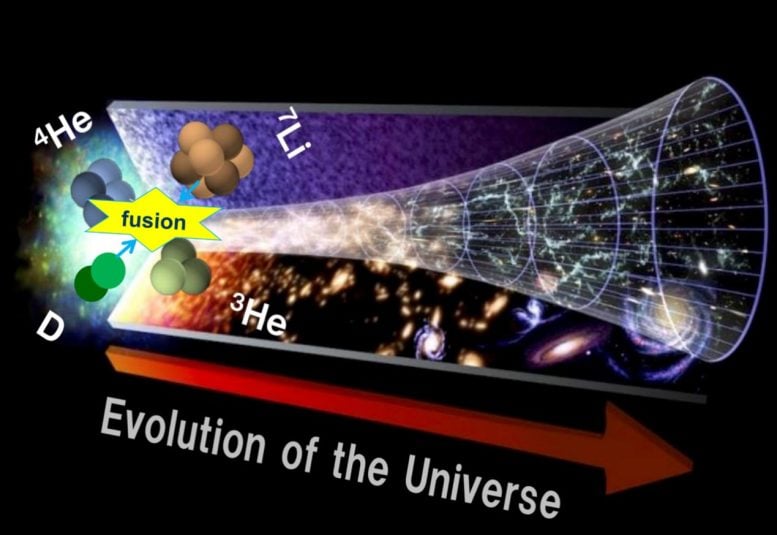
Figure 1. Artist’s representation of the evolution of the universe, with time flowing to the right in the direction of the red arrow. The 7Li(d,n)24He reaction takes place in the process of primordial nucleosynthesis at the very beginning. Credit: Modified version of NASA’s image by HOU Suqing
Recently, an international research team successfully updated the 7Li(d,n)24He reaction rate based on the latest experimental data, which removes the significant ambiguity in the cosmological lithium (Li) problem from the perspective of nuclear physics.
The Big Bang is currently regarded as the most successful model to describe the origination and evolution of the universe. However, its success has been limited by the so-called lithium problem, which refers to the fact that primordial lithium-7 abundance is overpredicted by a factor of three in comparison to the value from observation, while predictions match the observed primordial deuterium and helium abundances.
From the perspective of nuclear physics, the accurate reaction rates of lithium destruction reactions are very crucial for accurate prediction of the primordial lithium-7 abundance and further understanding of the lithium problem. Nevertheless, as an important lithium-7 destruction reaction, the 7Li(d,n)24He reaction has not been well studied before 2018.
A new study published in The Astrophysical Journal updated the 7Li(d,n)24He reaction rate based on the recent experimental measurements on the three near-threshold beryllium-9 excited states. This work was conducted by an international research team, which was led by HOU Suqing at the Institute of Modern Physics (IMP), Chinese Academy of Sciences (CAS).
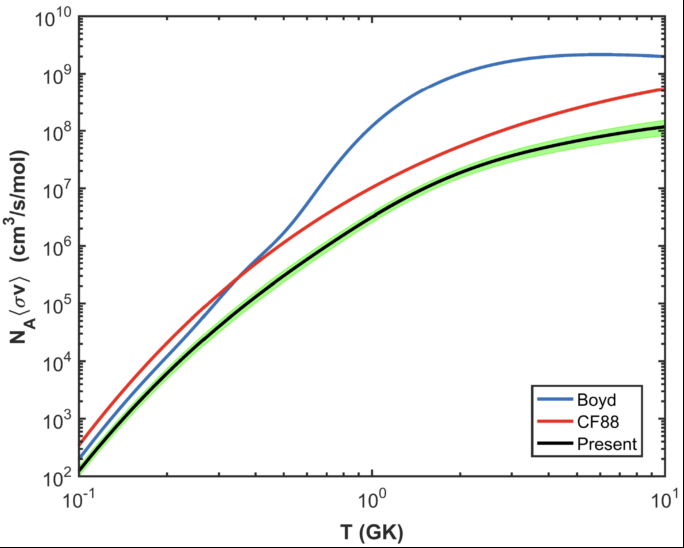
Figure 2. Total reaction rate of 7Li(d,n)24He as a function of temperature in units of giga Kelvin where the green shaded band is its associated uncertainties. For comparison, researchers also plot the previous results from CF88 and BM93. Credit: Image by HOU Suqing
Researchers found that the new 7Li(d,n)24He rate is overall smaller than the previous estimation by about a factor of 60 at the typical temperature of the onset of primordial nucleosynthesis.
In addition, researchers presented uncertainties of the 7Li(d,n)24He reaction rate that are directly constrained by experiments for the first time.
According to the study, the new results remove the significant ambiguity in the calculated lithium-7 abundance due to this reaction, which will be useful to understand the primordial lithium problem and probe exotic physics beyond the standard model.
Reference: “New Thermonuclear Rate of 7Li(d,n)24He Relevant to the Cosmological Lithium Problem” by S. Q. Hou, T. Kajino, T. C. L. Trueman, M. Pignatari, Y. D. Luo and C. A. Bertulani, 25 October 2021, The Astrophysical Journal.
DOI: 10.3847/1538-4357/ac1a11
This work was supported by the Strategic Priority Research Program of CAS, the Youth Innovation Promotion Association of CAS and the National Natural Science Foundation of China.
Other institutions involved in the study include University of Tokyo (Japan), National Astronomical Observatory of Japan (Japan), Beihang University (China), the University of Hull (UK), Hungarian Academy of Sciences (Hungary), Michigan State University (US), and Texas A&M University- Commerce (US).

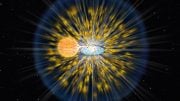

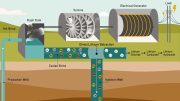

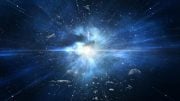
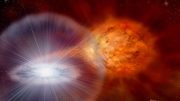
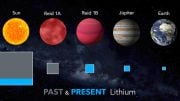
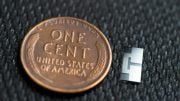
This may not be a problem,according to certain cosmologic phenomena starting from the big bang.So òbservational measure of Li can be a natural consequence to differ with theoritical value.Thìs òbservation is granted.
Babu G. Ranganathan*
(B.A. Bible/Biology)
HUGE PROBLEMS WITH BIG BANG THEORY
Big Bang scientists extrapolate a hypothetical scenario from a few facts. Yes, some galaxies are expanding, moving further away (Red shift), but this is not the case with the entire universe. There are galaxies in the universe running perpendicular to the rest of the galaxies, and there are galaxies even running towards us (Blue shift). All this is contrary to Big Bang. Also, if Big Bang really occurred, there should be a uniform distribution of gasses.
The uniform distribution of gasses throughout the universe would have made sure that the gasses didn’t have enough gravitational attraction to form into planets and stars. The hypothesis of dark matter providing enough gravitational force has been increasingly discredited.
Big Bang scientists have never proved the existence of dark matter. They only assume that it exists. The latest technologies to detect dark matter have come up empty. Big Bang scientists must hope that dark matter exists so that it would provide enough gravitational force for planets, stars, and galaxies to form.
Big Bang scientists believe that dark matter can be the only gravitational explanation for how galaxies behave. However, other scientists have successfully shown an alternative explanation to dark matter known as MOND, which stands for Modified Newtonian Dynamics. In other words, it is not necessary to believe that 80% of the universe must be made up of dark matter in order to explain certain behavior and movement of galaxies.
“The (galactic) structures discovered during the past few years, however, are so massive that even if CDM (Cold Dark Matter) did exist, it could not account for their formation” (Dr. Duane T. Gish, “The Big Bang Theory Collapses.” Furthermore, an explosion cannot explain the precise orbits and courses of thousands of billions of stars in billions of galaxies. Gravity may explain how that order is maintained, but mere gravity alone cannot explain the origin of that order!
The disorder in the universe can be explained because of chance and random processes, but the order can be explained only because of intelligence and design.
Some evolutionary astronomers believe that trillions of stars crashed into each other leaving surviving stars to find precise orderly orbits in space. Not only is this irrational, but if there was such a mass collision of stars then there would be a super mass residue of gas clouds in space to support this hypothesis. The present level of residue of gas clouds in space doesn’t support the magnitude of star deaths required for such a hypothesis. And, as already stated, the origin of stars cannot be explained by the Big Bang because of the reasons mentioned above. It’s one thing to say that stars may decay and die into random gas clouds, but it is totally different to say that gas clouds form into stars.
Read the Internet article, ‘SMOKING GUN’ PROOF OF BIG BANG ALREADY IN DOUBT by creationist and scientist Dr. Jake Hebert. Most people don’t realize how much disagreement there is among evolutionary scientists concerning their own theories. The media doesn’t report those details, at least not to any substantial extent.
Visit my newest Internet site: THE SCIENCE SUPPORTING CREATION
Author of popular Internet article, TRADITIONAL DOCTRINE OF HELL EVOLVED FROM GREEK ROOTS
*I have given successful lectures (with question and answer period afterwards) defending creation before evolutionist science faculty and students at various colleges and universities. I’ve been privileged to be recognized in the 24th edition of Marquis “Who’s Who in The East” for my writings on religion and science.